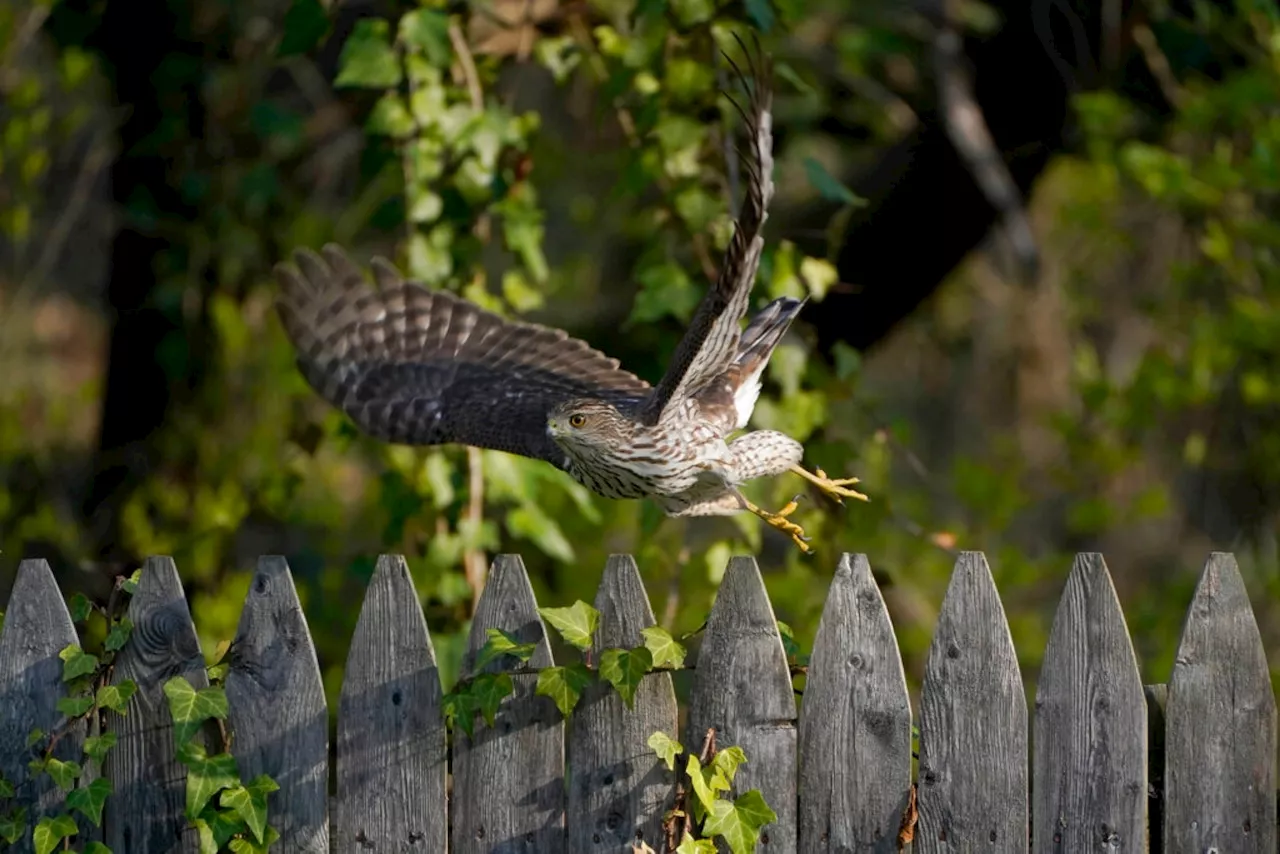The article explores the decline in bird populations in recent decades, attributing it primarily to climate change and other factors such as habitat loss, domestic cats, and window collisions. It highlights the impact of warmer springs on insect lifecycles, leading to a mismatch between bird migration patterns and food availability.
If you are an avid birdwatcher or even a casual observer, you are probably aware that there are fewer birds in our yards and parks now than before. One reason for this is climate change, which can cause a mismatch between birds and their foods. Most insect-eating birds in northeast Ohio migrate south during the fall because they can’t survive on insects during the winter. Their return is triggered by day length; temperature has nothing to do with it.
Climate change has resulted in warmer-than-average temperatures during spring (2024 was extremely warm), which causes the insects they feed on to hatch and start their lifecycles sooner. So, when the birds return from Mexico and Central America, they are too late for the spring insect feast. Climate change can also cause issues in the fall; lingering warm temperatures can entice birds to depart later or not at all (you can see robins here throughout winter). Birds that can’t shift their behaviors to accommodate a changing climate face serious risks for survival. Other factors that have hurt bird populations include domestic cats, which kill an estimated 1.3-4 billion birds each year, and windows, which cause the loss of some 1 billion birds each year from collisions. City lights can confuse migrating birds, causing confusion, disorientation and collisions. Bird loss has been staggering since 1970. Forests have lost 1 billion birds. Grassland populations have decreased by more than half, mostly due to the rise of megafarms and the loss of hedgerows between fields, which provide important shelter. Populations of aerial insectivores –birds that catch insects in the air—are down by 32% (160 million birds). Populations of birds that nest on shores are down by one-third. The number of birds in the annual spring migration is down by an average of 14% over the last ten years. In our farms and gardens, birds hunt insects in the air, among the leaves, and on the ground. Think of great hunters you have seen like woodpeckers and warblers. Barn swallows can catch as many as 1,000 insects per hour! When birds fly from one flower to the next seeking nectar, they also move pollen, which helps create new plants. Hummingbirds are well-known flower pollinators, but some birds that eat fungi perform a similar service for these non-flowering organisms. When these birds dig up, eat, or move a piece of fungus to another spot,, helping the fungus disperse to new areas. This also benefits plant roots, since fungi are an important part of the underground ecosystem. Birds that eat fruit “deposit” seeds in new places. You have probably seen finches or robins eating fruit and noticed their deposits on your windshield or elsewhere. You may not consider bird droppings to be an asset (especially if they fall on your patio furniture!), but this excrement can be a useful fertilizer. You may be familiar with the valuable manure produced by chickens. Given the importance of birds to our lives and to Earth’s plants, we need to help ensure they survive and thrive into the future. One way to do this is by providing for their basic needs during the coldest months of the year, when it is a challenge for them to survive. This means providing nutritious food, fresh water, and places to shelter from cold, snow, ice, and predators. Here are a few plants that will provide food in the fall and winter when birds are most in need. The viburnum produces lovely red berries that are favorites of our birds. These are well-behaved bushes with a rounded shape. One male and several females will generate enough fruit to last birds through most of the winter. You sometimes see these beautiful berries in floral arrangements. Holly produces a waxy, powder-blue fruit that is nutritious and remains on the plant throughout winter. It is also a well-behaved shrub and requires at least one male plant to fertilize the female plants that produce the berries. The waxy fruits have long been used in candle-making. Dogwood comes into its own for birds during fall migration. Birds need its red, fleshy fruit to bolster their fat reserves before they fly to their winter home. Dogwood is mostly an understory tree, so it is not too large. It has beautiful white or pink flowers in spring. Liquid water can be tough to find when temperatures dip below freezing, so consider providing a water source that can be heated during the winter. Note that it doesn’t need to be warm, just not frozen. But even a simple saucer or container can be helpful when temperatures are above freezing. Native grasses and sunflowers are excellent sources of seeds. Leave them as they are rather than cutting them back before winter to give the birds a chance to eat them. Leaving the leaves, stems, and flowers of perennials and grasses also provides overwintering sites for larvae or caterpillars of beneficial insects. Deciduous shrubs like holly and viburnum can provide important winter shelter for birds
BIRDS CLIMATE CHANGE HABITAT LOSS INSECTS MIGRATION
United States Latest News, United States Headlines
Similar News:You can also read news stories similar to this one that we have collected from other news sources.
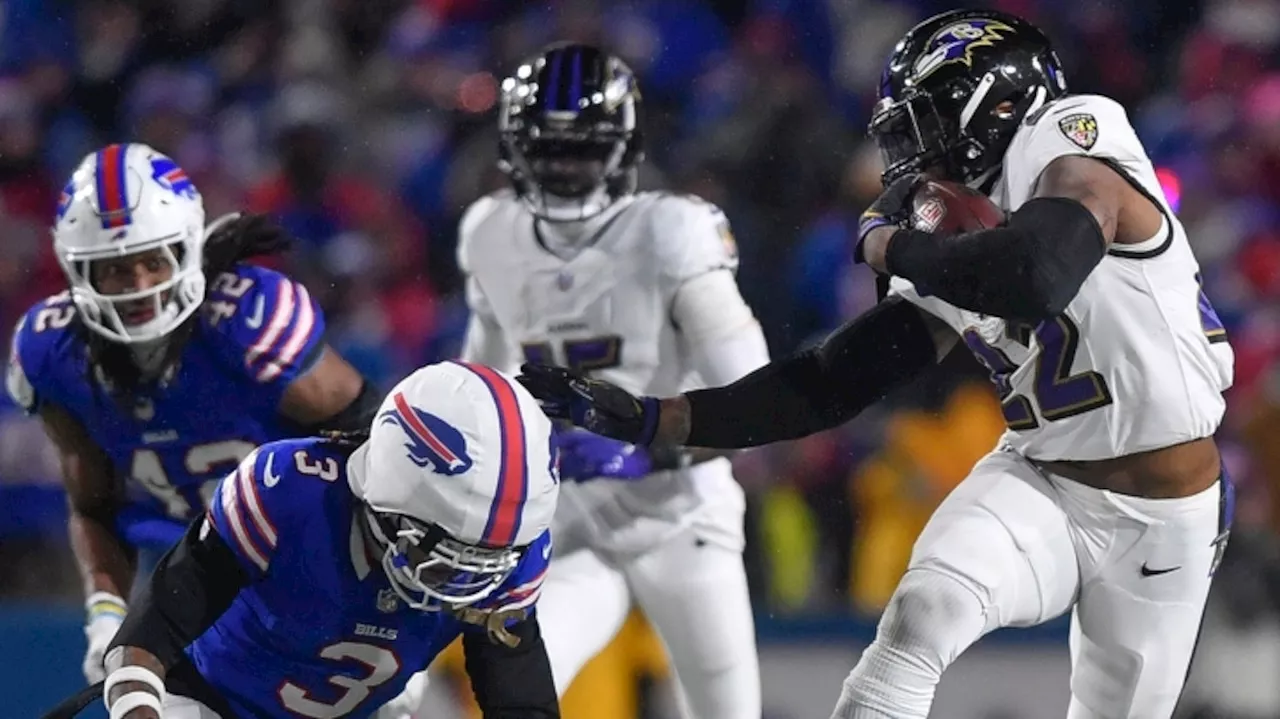 Ravens' Henry Reaches 1,000 Postseason Rushing Yards in Loss to BillsBaltimore Ravens running back Derrick Henry achieved a milestone, becoming the seventh NFL player with 1,000 postseason rushing yards, but the Ravens fell to the Buffalo Bills in the AFC Divisional Round. Despite Henry's impressive 84 yards and a touchdown on 16 carries, Baltimore's two failed 2-point conversion attempts proved costly in the 27-24 defeat.
Ravens' Henry Reaches 1,000 Postseason Rushing Yards in Loss to BillsBaltimore Ravens running back Derrick Henry achieved a milestone, becoming the seventh NFL player with 1,000 postseason rushing yards, but the Ravens fell to the Buffalo Bills in the AFC Divisional Round. Despite Henry's impressive 84 yards and a touchdown on 16 carries, Baltimore's two failed 2-point conversion attempts proved costly in the 27-24 defeat.
Read more »
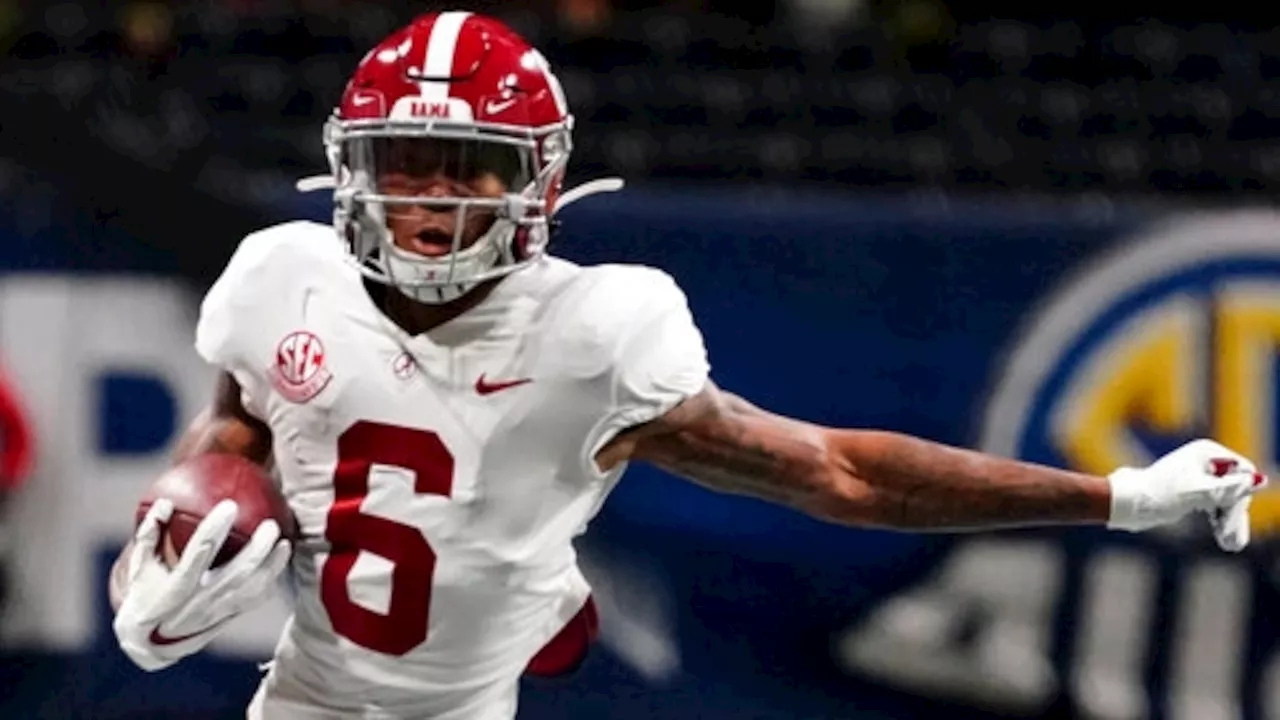 SEC Receiving Yards Record Shattered in 21st CenturyThe SEC has seen a dramatic increase in receiving yards over the past 25 seasons, with many players surpassing the records set in the final years of the 20th century. DeVonta Smith of Alabama became the conference's all-time leader in receiving yards during this time, highlighting the evolution of the game.
SEC Receiving Yards Record Shattered in 21st CenturyThe SEC has seen a dramatic increase in receiving yards over the past 25 seasons, with many players surpassing the records set in the final years of the 20th century. DeVonta Smith of Alabama became the conference's all-time leader in receiving yards during this time, highlighting the evolution of the game.
Read more »
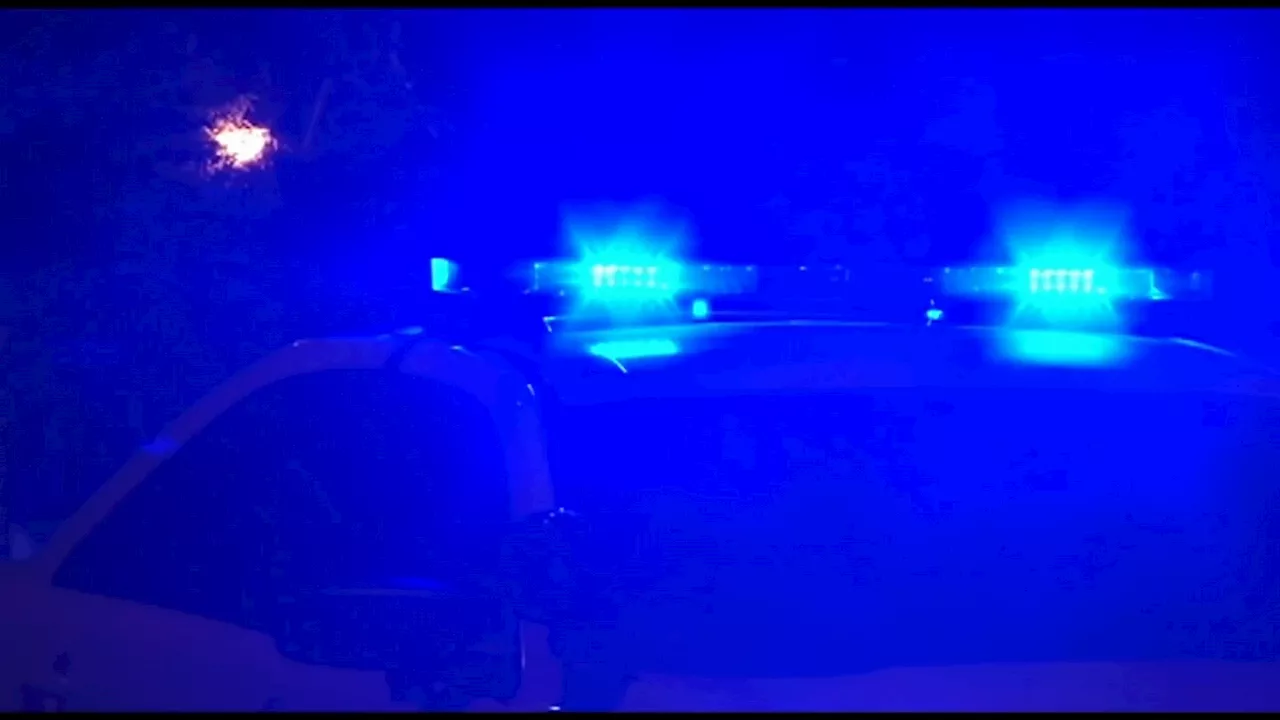 Man charged in fatal shooting of 2 teens in Back of the YardsA man has been charged with fatally shooting two teenage boys last year about a mile from his Back of the Yards home.
Man charged in fatal shooting of 2 teens in Back of the YardsA man has been charged with fatally shooting two teenage boys last year about a mile from his Back of the Yards home.
Read more »
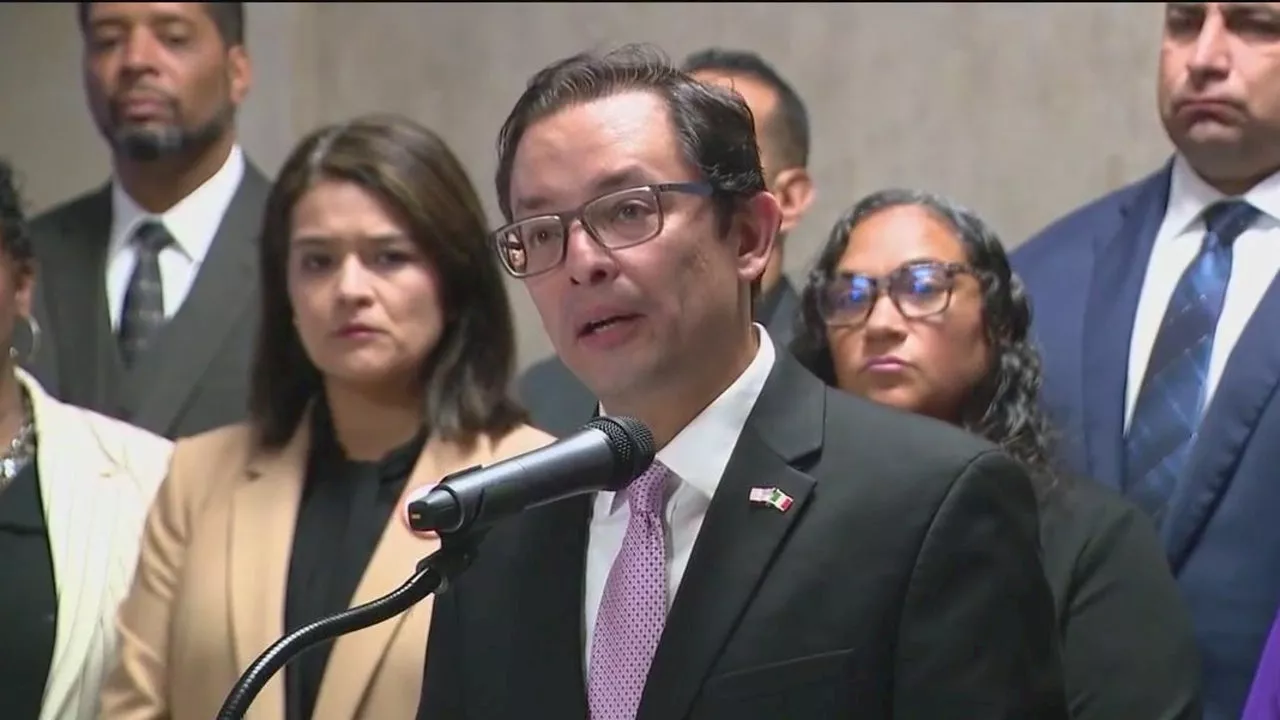 Gunshot Detection System to be Piloting in Chicago's Back of the YardsA pilot program for a gunshot detection system is set to be launched in Chicago's Back of the Yards neighborhood. Developed by Alarm.com in collaboration with Ald. Raymond Lopez, the system aims to enhance public safety and assist the Chicago Police Department in accurately detecting gunshots.
Gunshot Detection System to be Piloting in Chicago's Back of the YardsA pilot program for a gunshot detection system is set to be launched in Chicago's Back of the Yards neighborhood. Developed by Alarm.com in collaboration with Ald. Raymond Lopez, the system aims to enhance public safety and assist the Chicago Police Department in accurately detecting gunshots.
Read more »
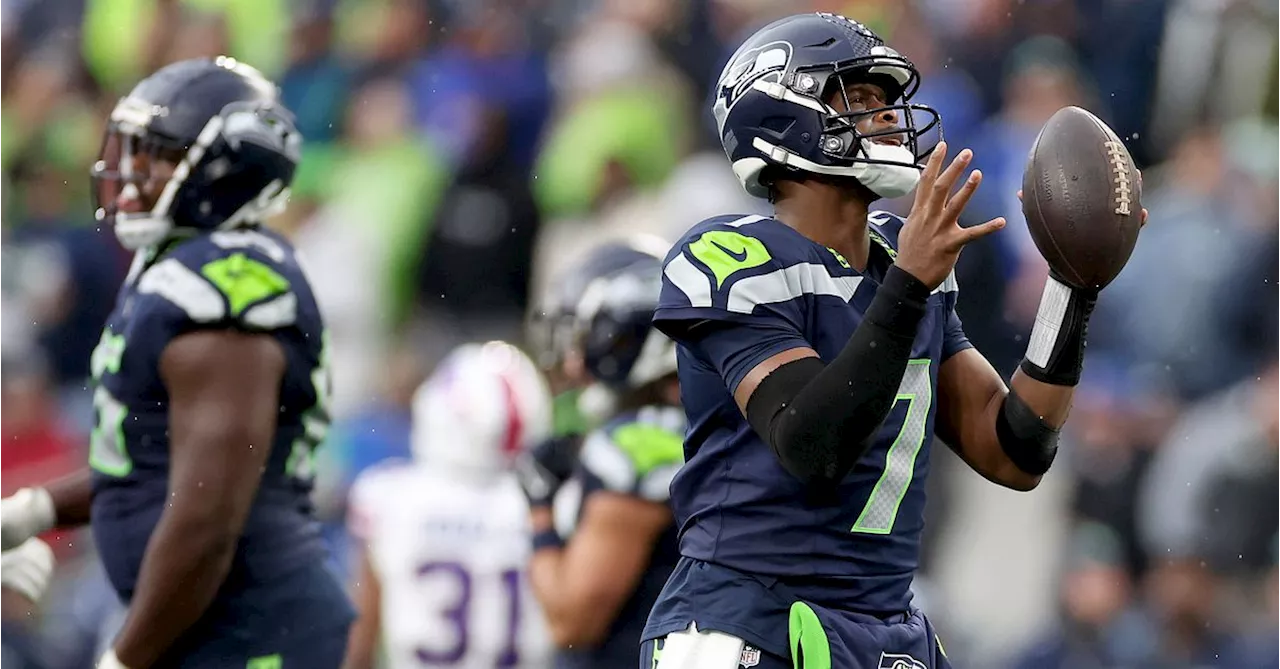 Hidden Yards Lost: The Seattle Seahawks' Season of Penalty-Erased PlaysThis article analyzes the impact of penalties on the Seattle Seahawks' 2024 season, revealing the significant number of yards lost due to infractions that were never officially recorded. Through meticulous tracking, the author highlights specific instances where penalties erased potentially impactful plays, shedding light on the hidden costs of these errors.
Hidden Yards Lost: The Seattle Seahawks' Season of Penalty-Erased PlaysThis article analyzes the impact of penalties on the Seattle Seahawks' 2024 season, revealing the significant number of yards lost due to infractions that were never officially recorded. Through meticulous tracking, the author highlights specific instances where penalties erased potentially impactful plays, shedding light on the hidden costs of these errors.
Read more »
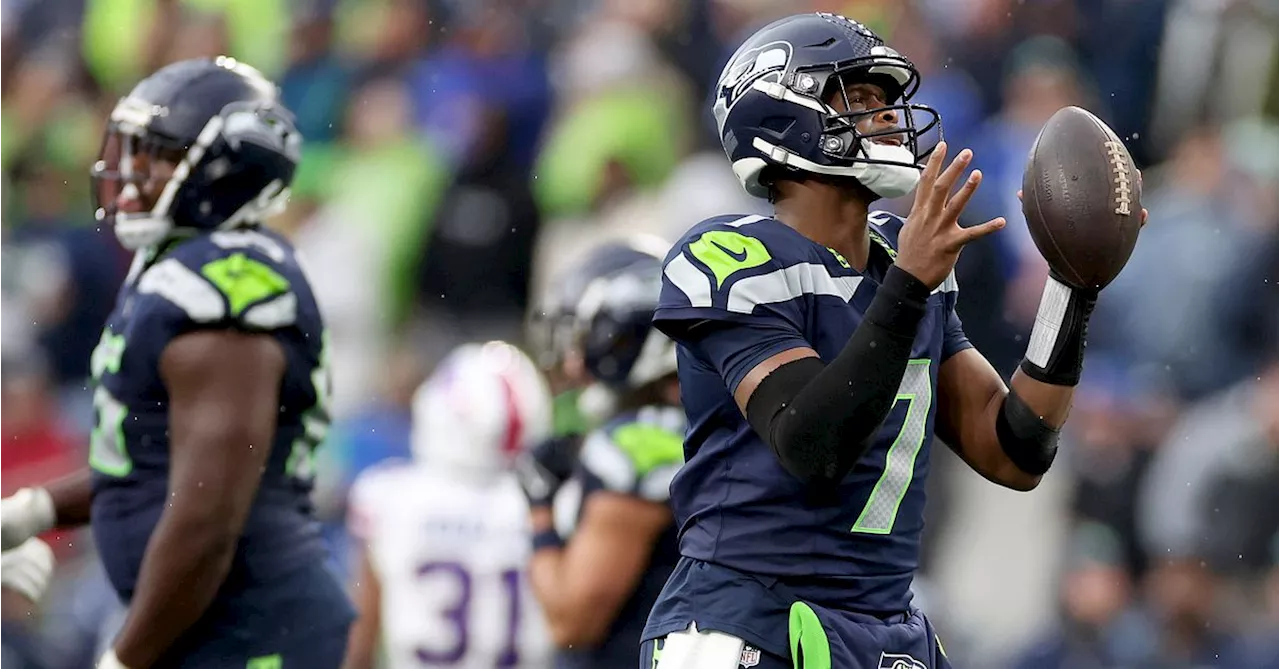 Hidden Yards Lost: The Seattle Seahawks' Unsung Penalty StrugglesThis article delves into the concept of 'Hidden Yards Lost' in football, focusing on the Seattle Seahawks' performance in the 2024 season. It analyzes the impact of penalties on the team's yardage and highlights specific instances where big plays were negated due to infractions. The author identifies the key players contributing to these yardage losses and provides a comprehensive overview of the Seahawks' penalty struggles.
Hidden Yards Lost: The Seattle Seahawks' Unsung Penalty StrugglesThis article delves into the concept of 'Hidden Yards Lost' in football, focusing on the Seattle Seahawks' performance in the 2024 season. It analyzes the impact of penalties on the team's yardage and highlights specific instances where big plays were negated due to infractions. The author identifies the key players contributing to these yardage losses and provides a comprehensive overview of the Seahawks' penalty struggles.
Read more »
